Form + Code. In Design, Art and Architecture by Casey Reas, Chandler McWilliams and LUST (available on amazon UK and USA.)
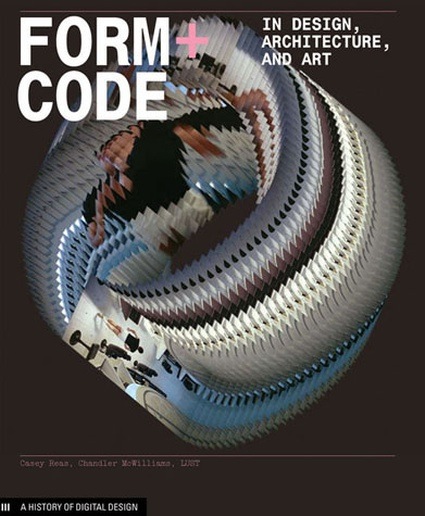
Publisher Princeton Architectural Press writes: The last decade has witnessed a proliferation of artists whose primary medium is software. Algorithmic processes, harnessed through the medium of computer code, allow artists to generate increasingly complex visual forms that they otherwise might not have been able to imagine, let alone delineate. The newest volume in our Design Brief series Form+Code in Design, Art, and Architecture is a non-technical introduction to the history, theory, and practice of software in the arts. Organized into themes linked to aspects of code–repetition, transformation, parameters, visualization, and simulation–each of the book’s sections contains an essay, code samples, and numerous illustrations. An accompanying website (www.formandcode.com) features code samples in various programming languages for the examples in the book. An ideal introductory text for digital design and media arts courses, this unique primer will also appeal to students and professionals looking for a survey of this exciting new area of artistic production.
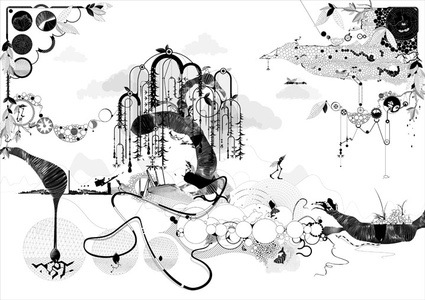 Emily Gobeille and Theodore Watson, Here to There, 2008
Emily Gobeille and Theodore Watson, Here to There, 2008
Just like Processing: a Programming Handbook for Visual Designers and Artists, this paperback was co-authored by Casey Reas. But Form+Code doesn’t have the same ambitions as its tech-heavy and rigorous predecessor. Conceived as a prelude to the use of software for creative purposes, the book is the perfect opening for designers, visual artists, and architects eager to explore the possibilities that coding offers.
Form+Code is no “Coding for Dummies” as you will not learn how to program. Instead, the authors take you through a series of concepts, background facts and works that are meant to inspire, stimulate and encourage you to explore the topic further.
Form+Code is also the ideal introduction to coding for people as creative as a vacuum cleaner but curious about the world of visual arts like i am. Reading this book, there is no doubt left that code is hidden in every single discipline that shape contemporary visual culture: sculptures, information aesthetics, story-telling, live performances, graphic design, large-scale installations, industrial design, photography, gaming, artificial life, etc. I posted a few examples below that i discovered in the book.
Roxy Paine‘s SCUMAK (Auto Sculpture Maker) is an industrial-style machine that melts plastic with pigments and extrudes them onto a conveyor belt, creating blob shapes. A software programme controls the process so that instead of churning out mass produced objects, the machine creates one of a kind sculptures.
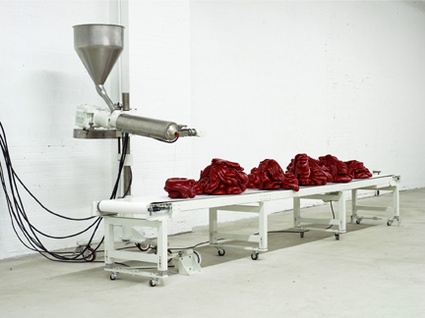 Rozy Paine, SCUMAK 2, 2001
Rozy Paine, SCUMAK 2, 2001
Flocking Diplomats is a series of posters that visualize parking violations by foreign ambassadors in the US over two decades. Catalogtree‘s images show a spike in parking tickets around lunchtime on weekdays. On a larger scale, they reveals more macro trends, such as a dramatic drop in violations shortly after September 11, 2001.
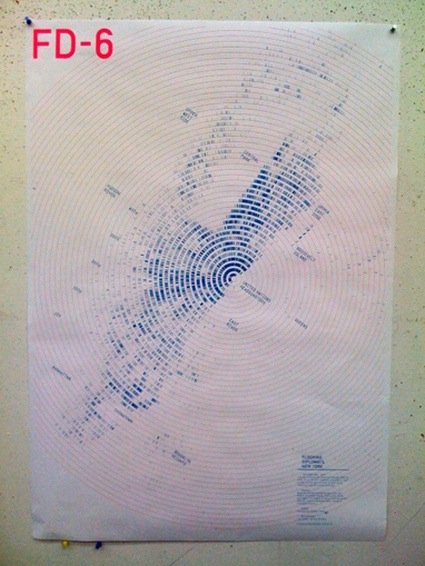 Catalogtree, Flocking Diplomats 06, 2008
Catalogtree, Flocking Diplomats 06, 2008
In his online narrative and navigable experiment, The Whale Hunt , Jonathan Harris has used an automated data collection process to document the 9 days he spent with a family of Inupiat Eskimos as they were getting ready to hunt whales.
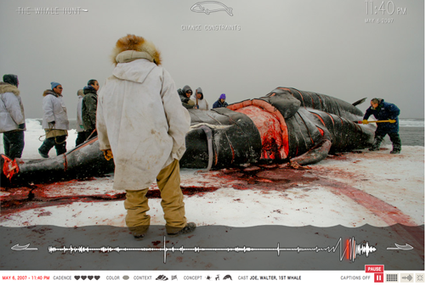
“An algorithm written by [Keith Tyson] determines what will be on view in this new exhibition. The subsequent rolls of a die determined the parameters of the sculpture, including the color, depth and position of each element.”
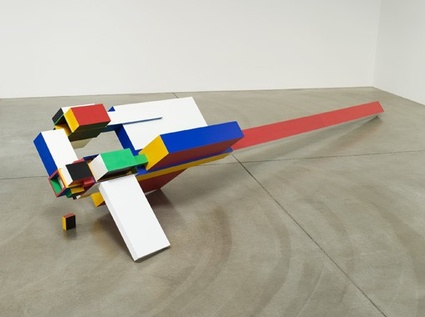 Keith Tyson, Geno Pheno Sculpture: “Fractal Dice No. 1”, 2005
Keith Tyson, Geno Pheno Sculpture: “Fractal Dice No. 1”, 2005
To be honest, Form+Code was the book i was waiting for. It is remarkably down-to-earth, clear, resourceful and has found that rare balance between illustration and text.
